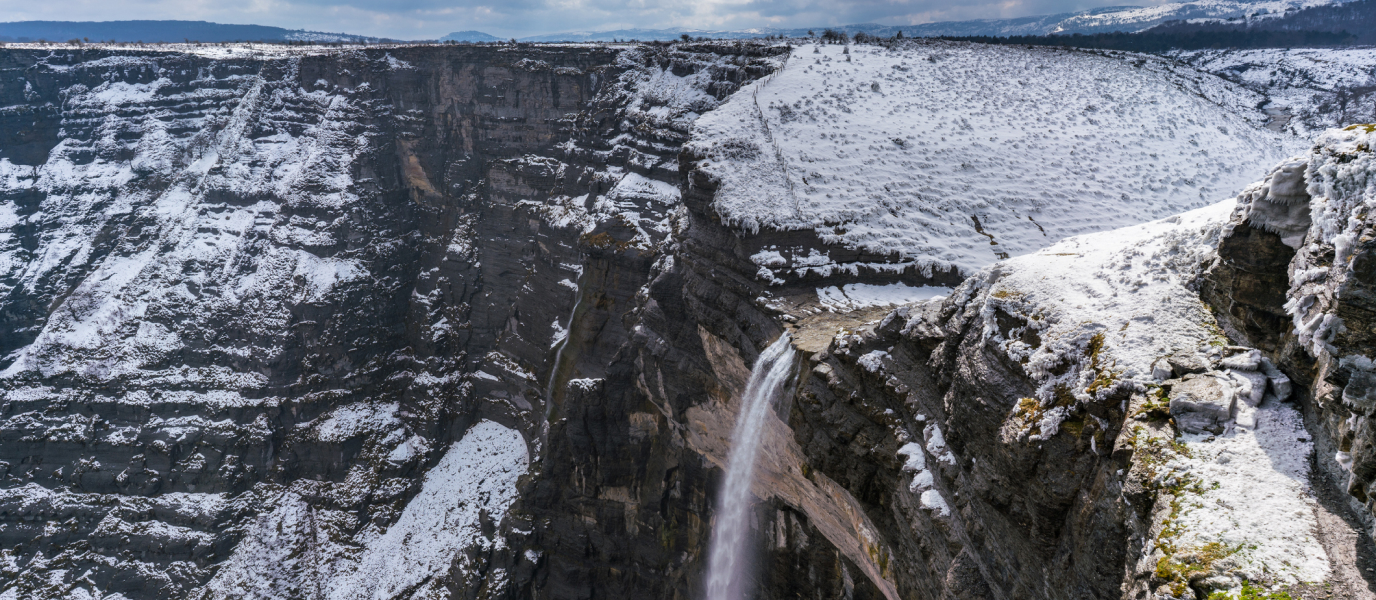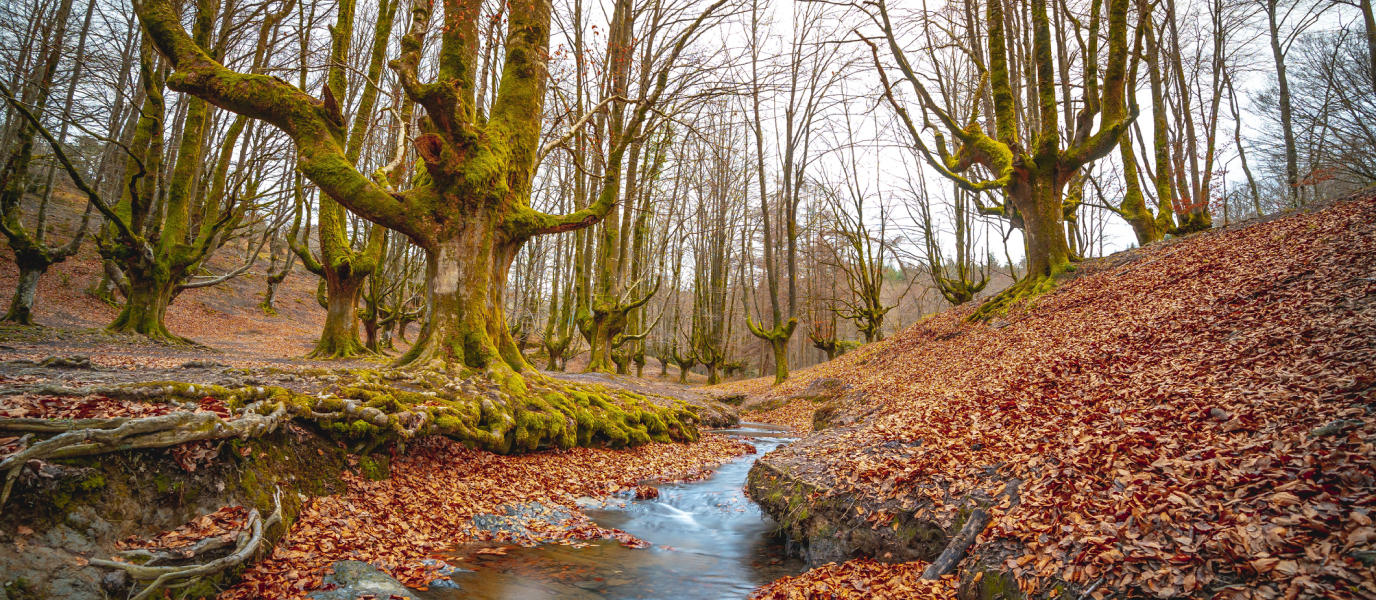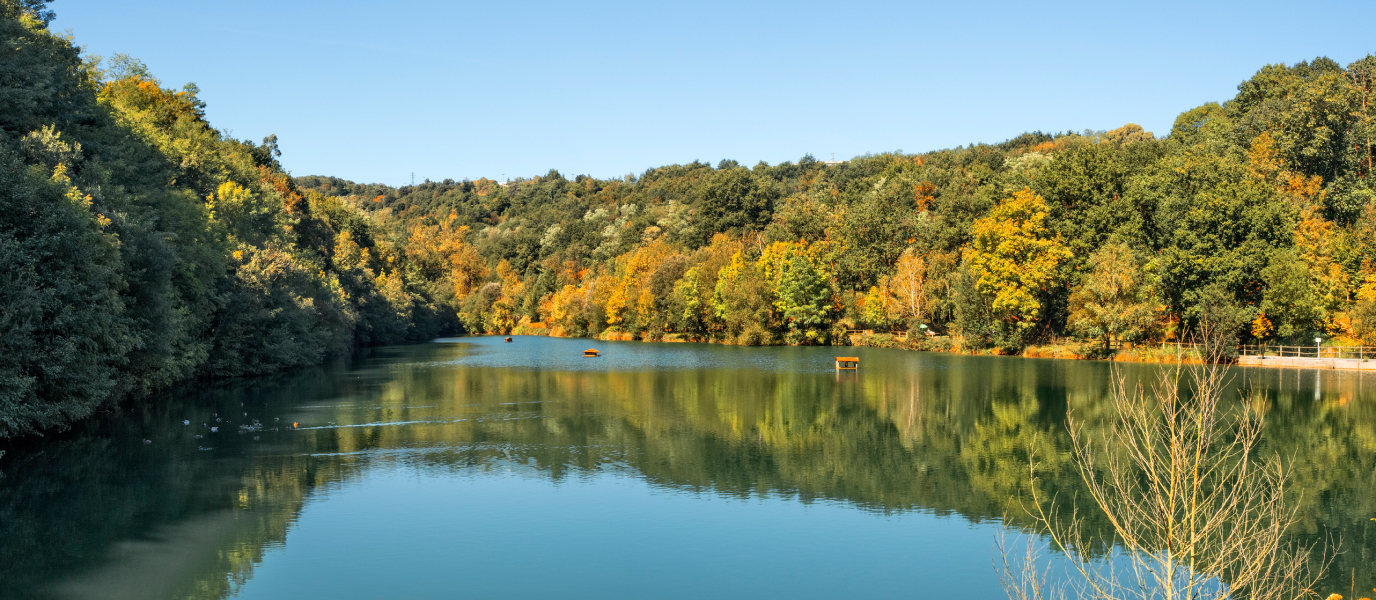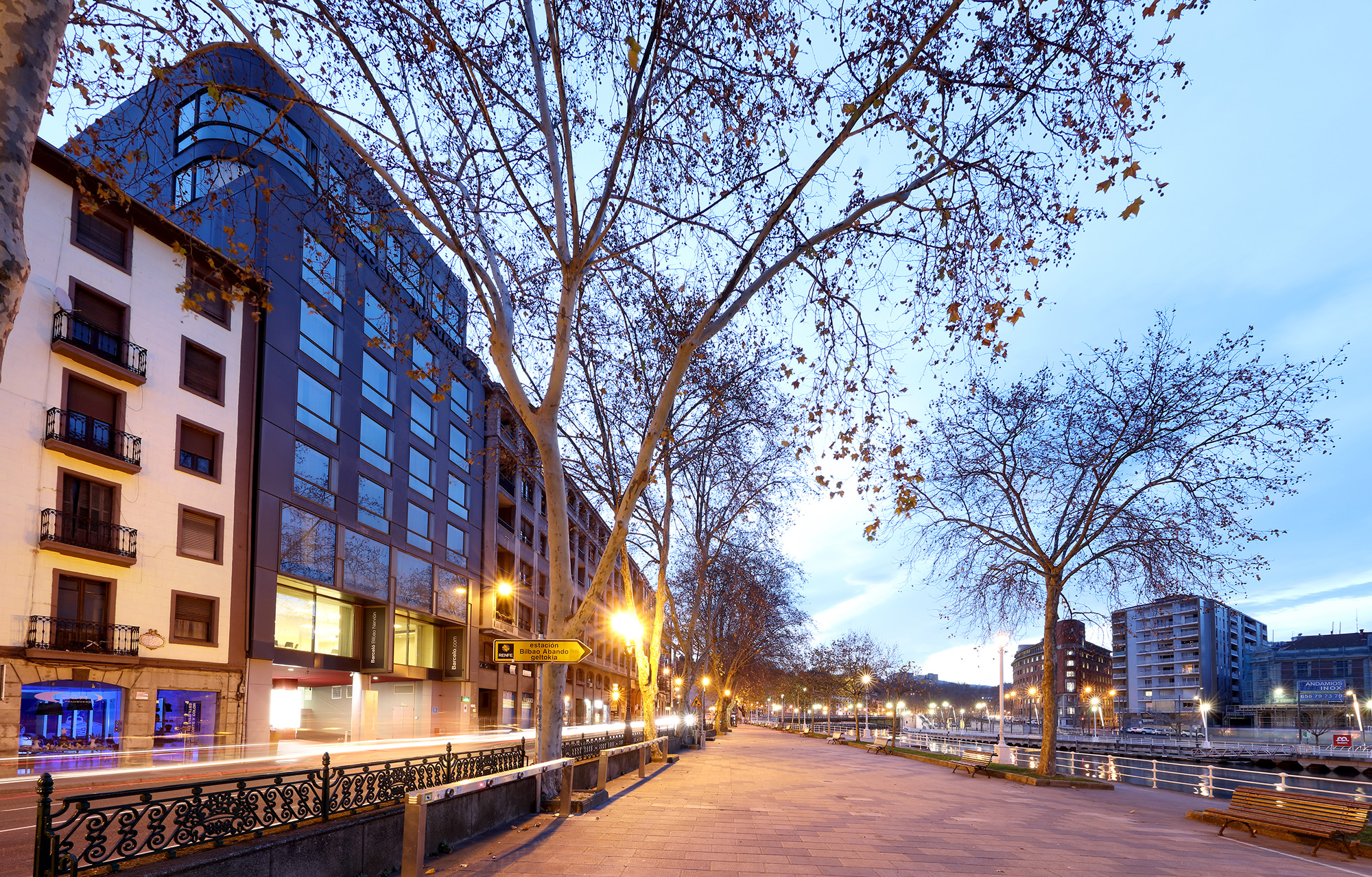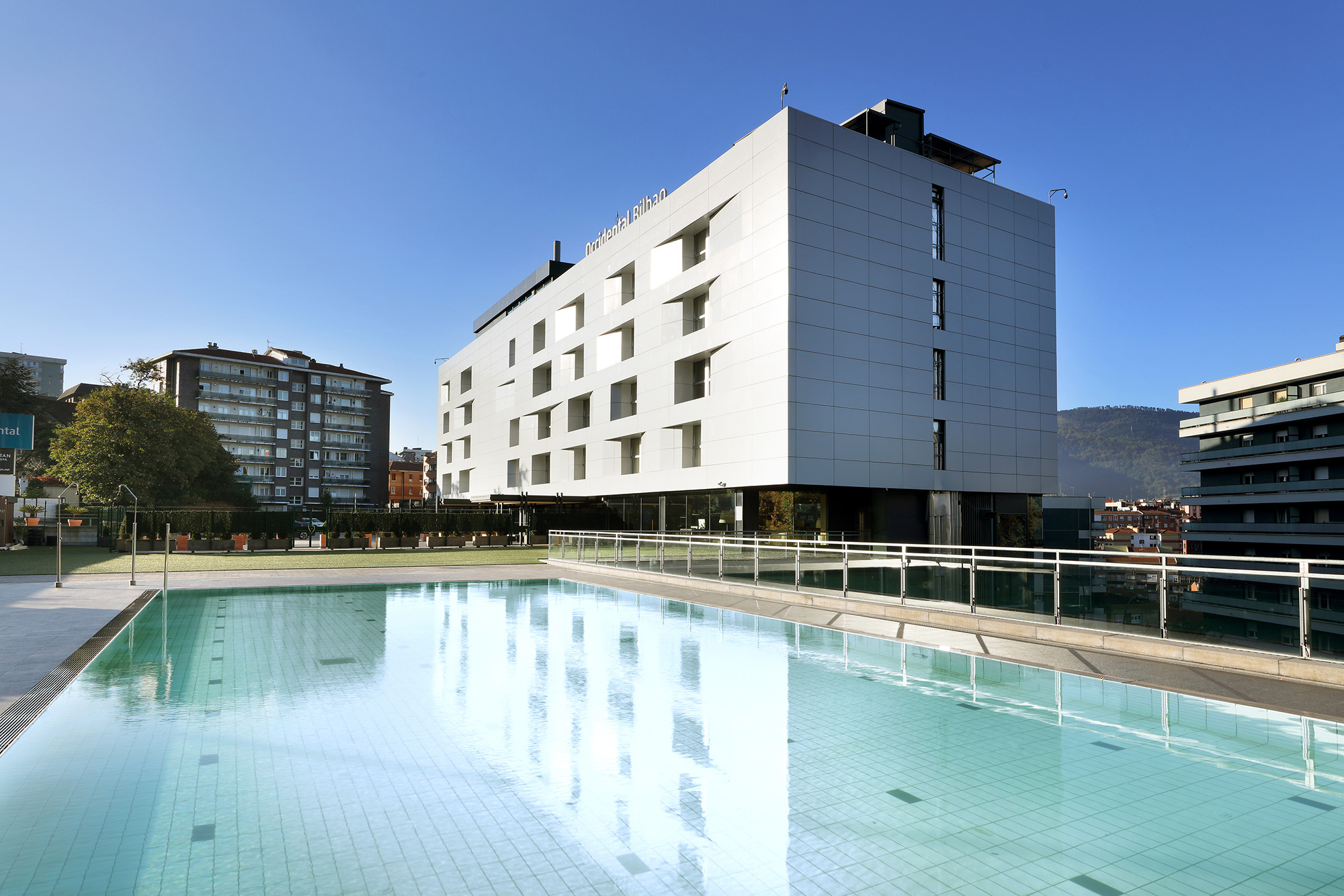There are many day trips that you can do from Bilbao but one that should not be missed is the one leading to Cape Ogoño, which is also home to the mountain that bears the same name, a perfect place for hiking and climbing. Pack your backpack and get ready to leave behind the buzzing culture of the capital of the Biscay province to immerse yourself in places brimming with nature, beautiful villages and plenty of magic. Are you ready?
- Cape Ogoño: more than just a geographical feature
- Mount Ogoño route: amid forests and cliffs
- What can you see on your visit to Ogoño
- Tips for your visit to Ogoño
Cape Ogoño: more than just a geographical feature
The mountain range that forms Cape Ogoño, home to a beautiful village, a spectacular beach at its feet, two peaks and cliffs to climb, never goes unnoticed. But if we were to tell you that it is also part of the Urdaibai Biosphere Reserve, it will surely be on your list of essential day trips when visiting Bilbao. The Urdaibai natural area, protected by Unesco since 1984, offers an incredible variety of landscapes and ecosystems. One minute you can be walking through 600 hectares of marshes and the next through dozens of beaches, islands, oak forests, intertidal areas and coastline with great landmarks such as San Juan de Gaztelugatxe, and the capes of Matxitxako and Ogoño. The sheer cliffs of Ogoño and Laga beach are, in fact, one of the images that most appears in Basque tourism promotion.
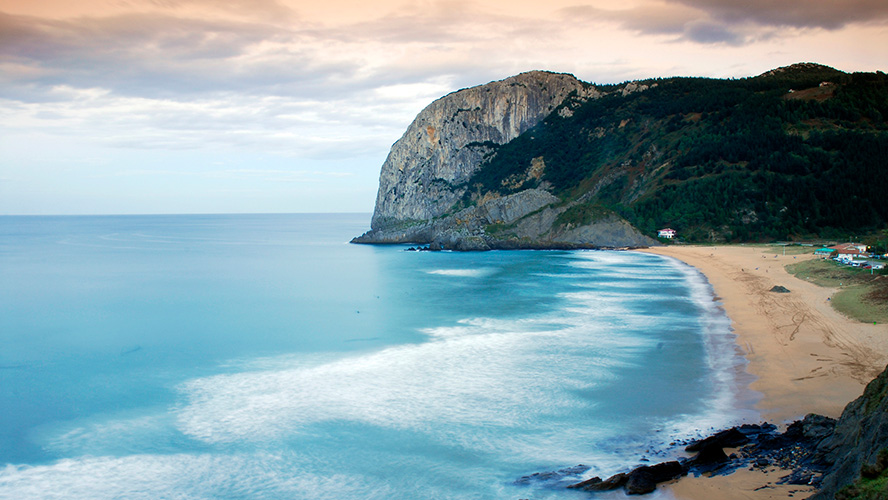
Mount Ogoño route: amid forests and cliffs
To visit Cape Ogoño you must head to Elantxobe (Elanchove), a village about 47 kilometres from Bilbao that is well worth a day trip. Using it as a starting point for a route around Ogoño, you can leave your car there and walk to the first elevated point, Talaia (276 metres), and then continue to Mount Ogoño (305 metres). If you take the circular route it will be a little over five kilometres.
So, let’s begin the Ogoistas route for fans of the sport. If you have parked on the edge of Elantxobe or at the pier, you will have to first climb the village’s steep streets before starting the route. Then, all you have to do is follow a paved road marked with PR BI-65 and not deviate from the red and white lines. Although you will first go through an oak forest that does not allow you to see much, before long the first panoramic views will emerge with the Bay of Biscay in the background. The first surprise is the view that awaits you when reaching the Talaia viewpoint. From here you can admire Laga beach, Izaro island, Mundaka, Bermeo, etc. In fact, people once used it to watch out for the presence of whales in the Bay of Biscay, reminiscent of the whaling industry that once existed.
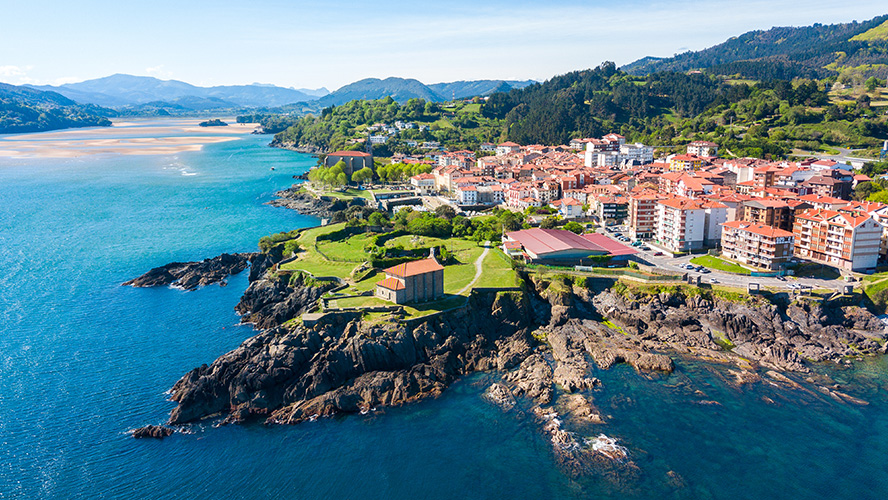
You can rest for a moment at the viewpoint before continuing with the remaining stretch. You will have to retrace your steps a bit before following the white and yellow lines that lead to the top of Mount Ogoño, also known as Atxarkulu. To get there from the village it usually takes two hours, although depending on your walking pace it could be more or less. Take this into account if you want to bring a picnic or wait to eat once you return to the village.
Climbing the cliffs of Cape Ogoño is another attraction that the day trip offers. Since 1977 climbing routes have been available for fans of the sport. There are currently more than 30 routes with varying lengths and levels of difficulty along a 200-metre stretch. Expert climbers usually challenge their technical skills on the Heriotzaren Semea route rated 7b+. As there have been several mishaps and rescues, it is best to not take any risks and go accompanied.
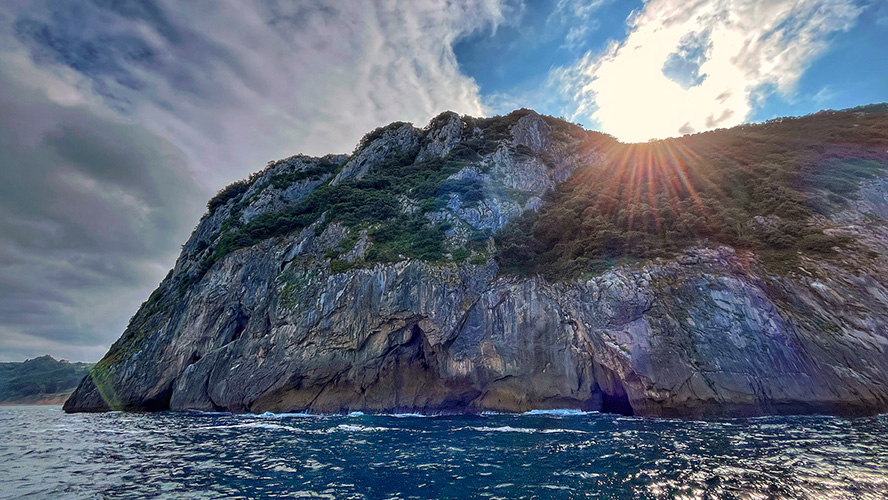
Lagaburu route
This is the kind of route that we urbanites like so much: short and with a bench at the end of it. Although we are being humorous and exaggerating somewhat, it does indeed fit this description, since it is short (about a 4-km round trip), pleasant and, at the end of it, you can sit on a bench to admire the seascape. Without a doubt, it is a magical place where you can meditate or relax a while. If you go by car, you can leave your vehicle in the car park next to Elantxobe cemetery and start walking from there. First of all, take the path to the left of the cemetery. Continue along the paved path until you reach a crossroads, then keep going straight along the dirt track until you reach the end of a cliff. This is the point where you can sit and enjoy the silence surrounded by nature.
What can you see on your visit to Ogoño
This day trip to the mountain range that forms Cape Ogoño consists of three key parts. The first of them is the hiking route, which we have already talked about, offering stunning views of the whole area. Another of the highlights of the day trip to Ogoño is Laga beach, which lies at the foot of the cliffs and is one of the most attractive strips of sand on the Bay of Biscay. Across 574 metres of fine, golden sand, many swimmers come to enjoy its cold water, the views of the cliffs and its famous waves, which are short but intense, with peaks to the left and right. It is without a doubt one of the most popular spots among surfers, who even have a club and school there

The third place we recommend visiting is the village of Elantxobe, a small village whose narrow streets and stairways run along the steep slopes of the Ogoño mountain range. The views of the coast are incredible from any part of the village. Incidentally, due to the narrow streets, a turntable had to be installed on the road so that the bus can turn around and go back the way it came.
Paddle surfing in the Urdaibai Reserve
As we have already mentioned, Cape Ogoño is part of the Urdaibai Biosphere Reserve, a natural area characterised by the many ecosystems that it is home to. In Urdaibai you can walk through marshes, forests, mountains and river and coastal areas. One that you can try in the last two areas is paddle surfing. If you have never tried it, it consists of using a board larger than a surfboard and maintaining your balance on it while you stand or kneel and propel yourself with an oar. It requires less skill than surfing and is suitable for all ages. There are several routes (one of them goes along Laida beach and Mundaka estuary), both in the Urdabai estuary and at its mouth. It is advisable to contact a company in the area to join an already organised group or to request a tailor-made excursion.
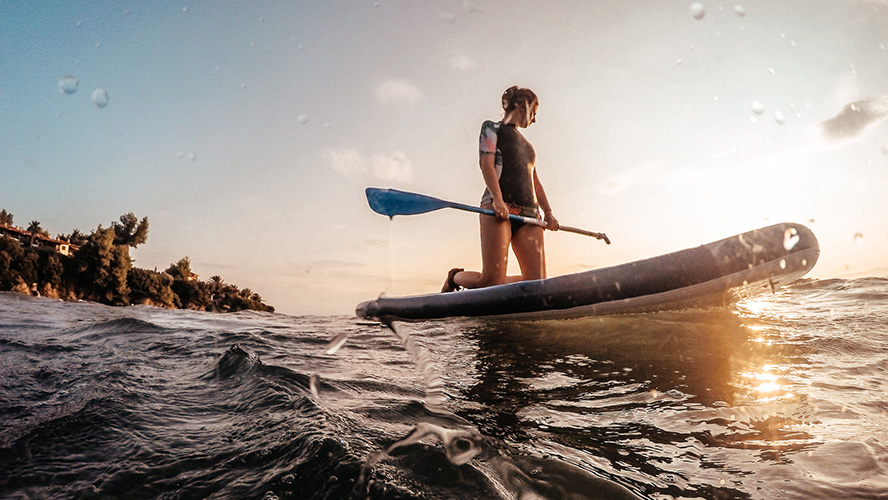
Tips for your visit to Ogoño
The hiking route through Ogoño is suitable for all types of people, although if you are travelling with children, they should be at least six years old. While on the walk, be extra vigilant so that they do not get close to the cliffs. For the hike, wear shoes with good grip, as there are rocky areas and if it rains it can get quite slippery.
If you do not know the terrain well, try not to leave the marked trails—those indicating if it is a short or long route. And, of course, it is always a good idea to bring enough water for the walk and a snack.

























































